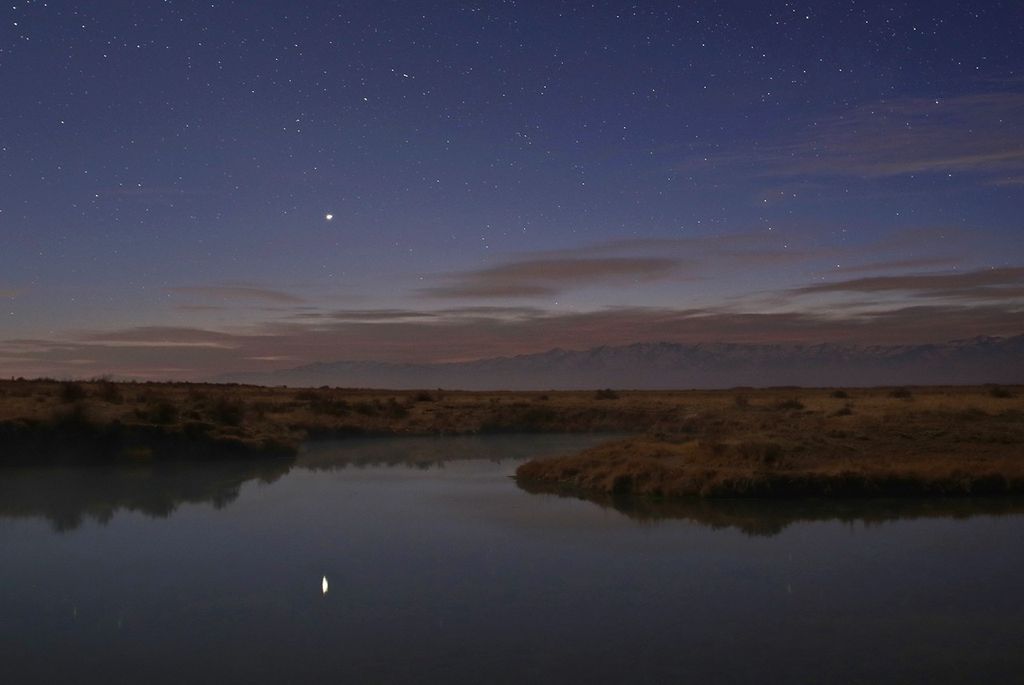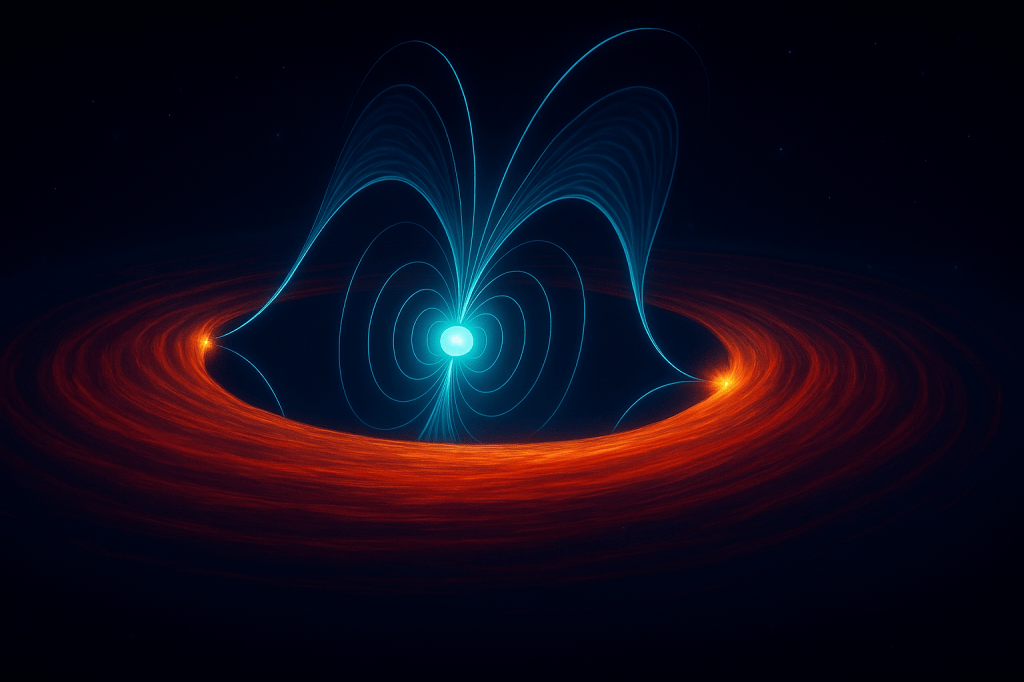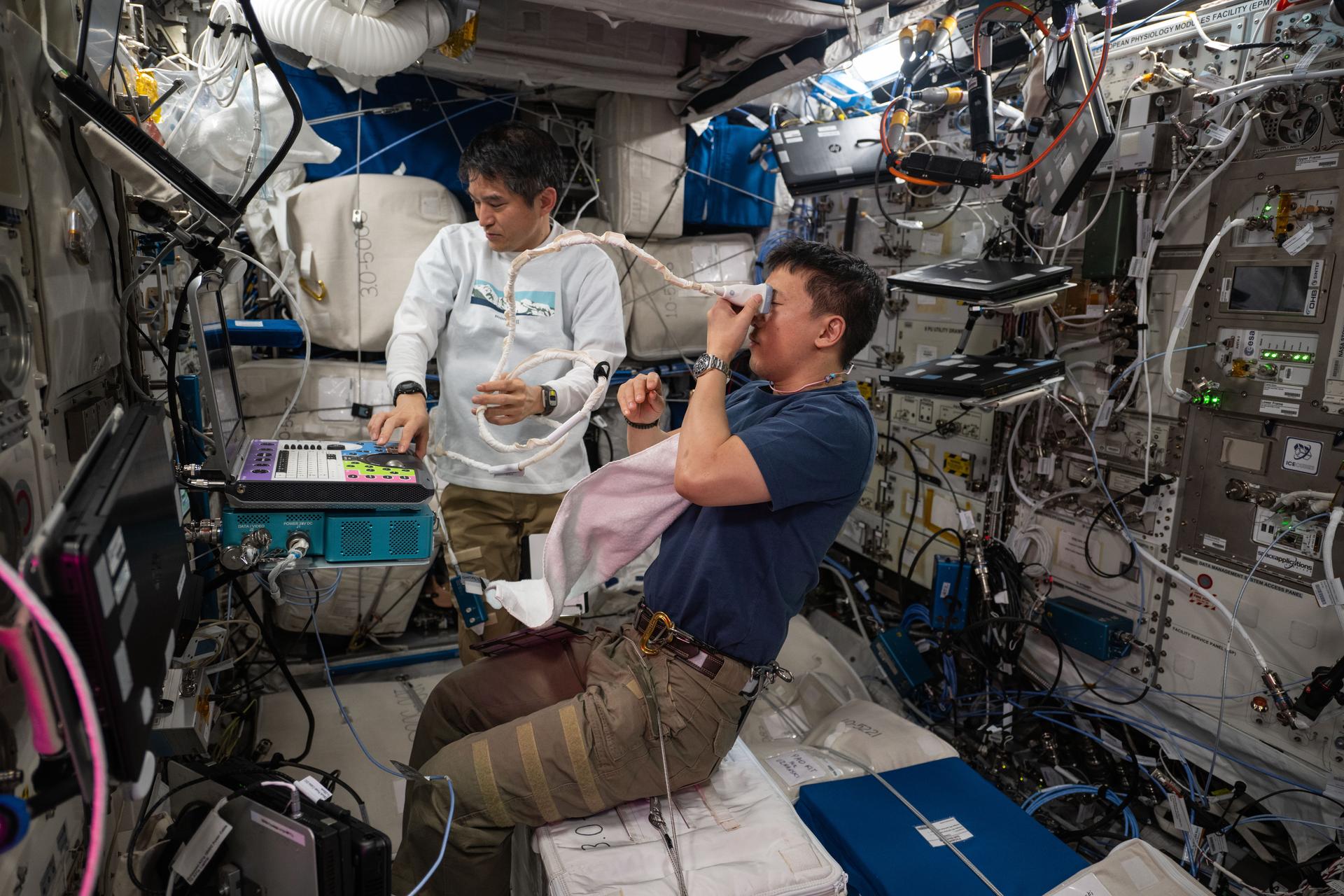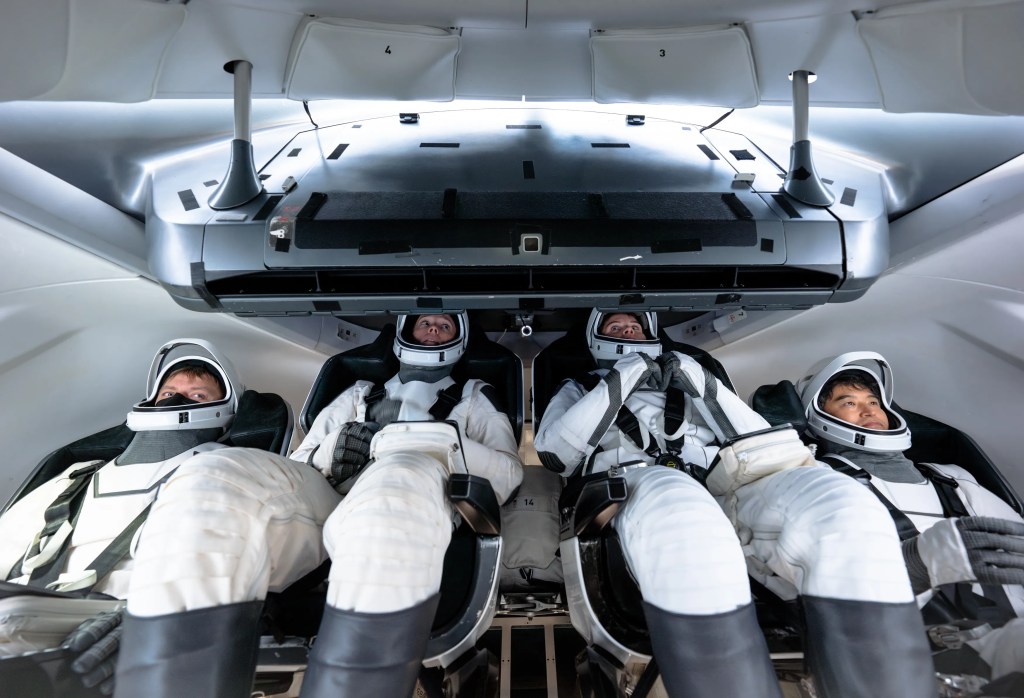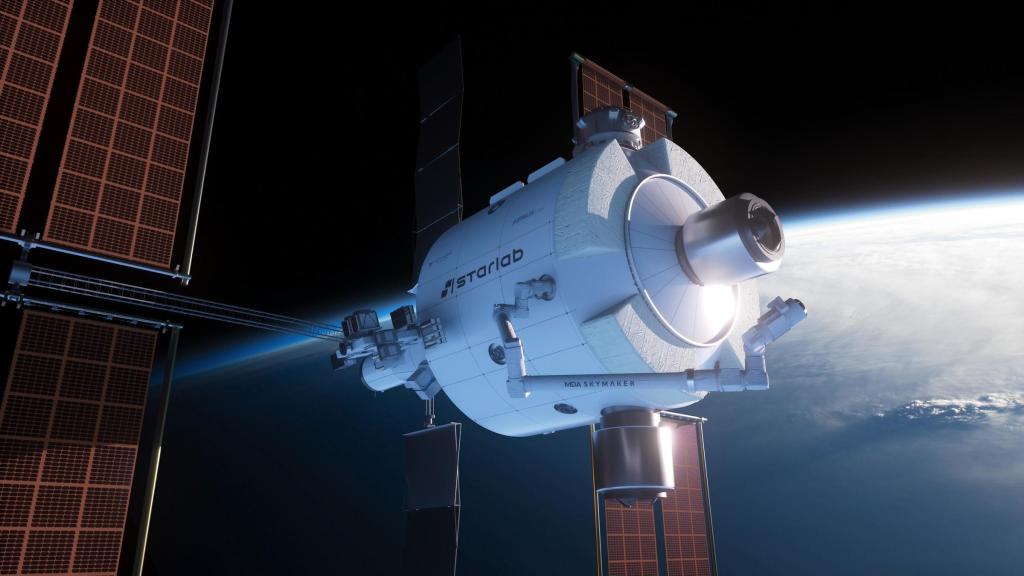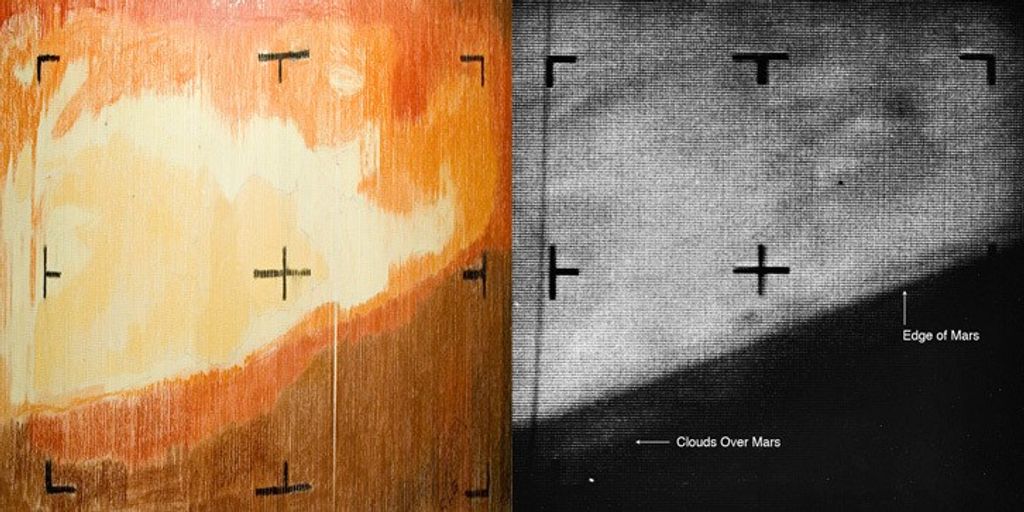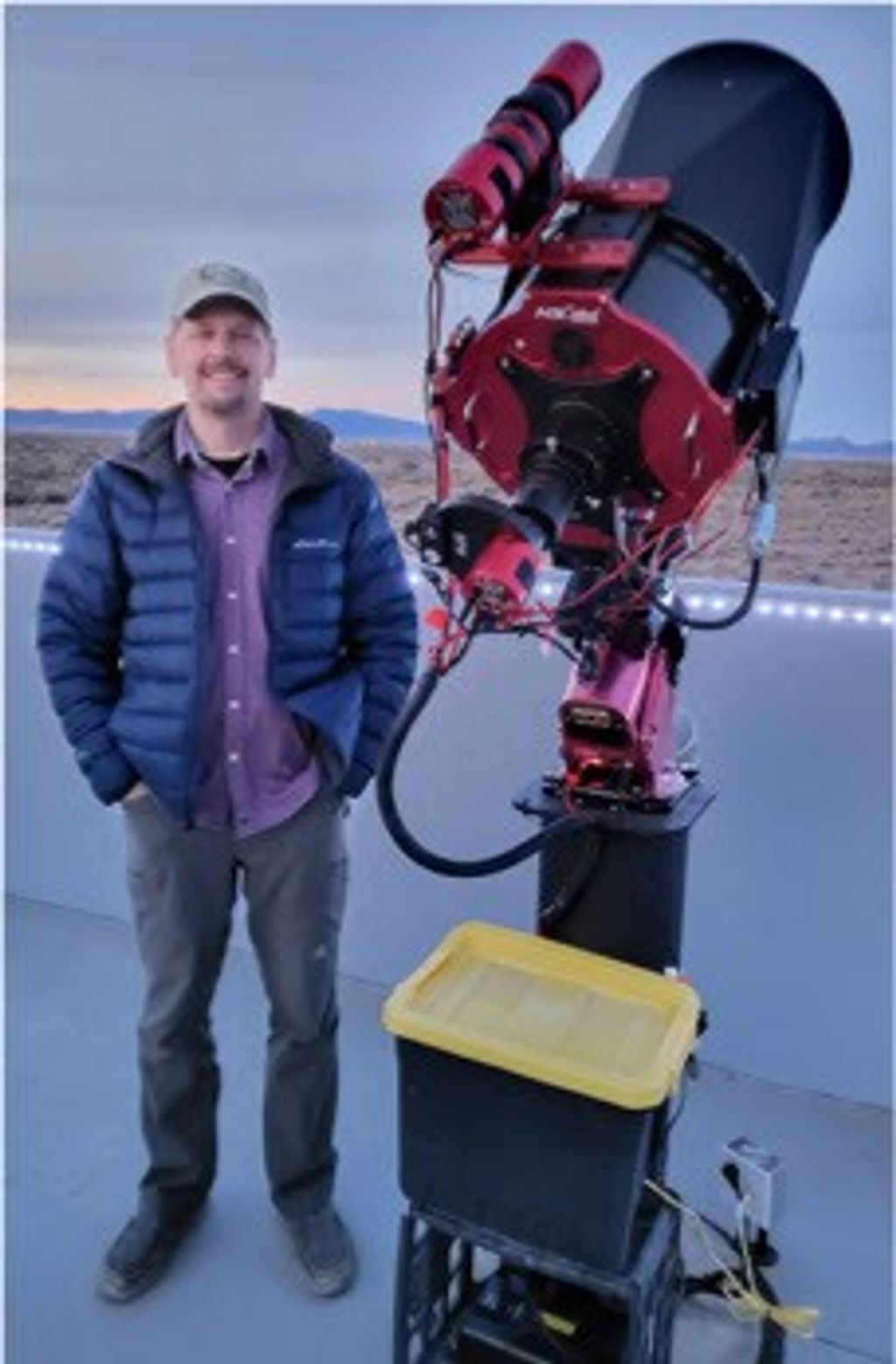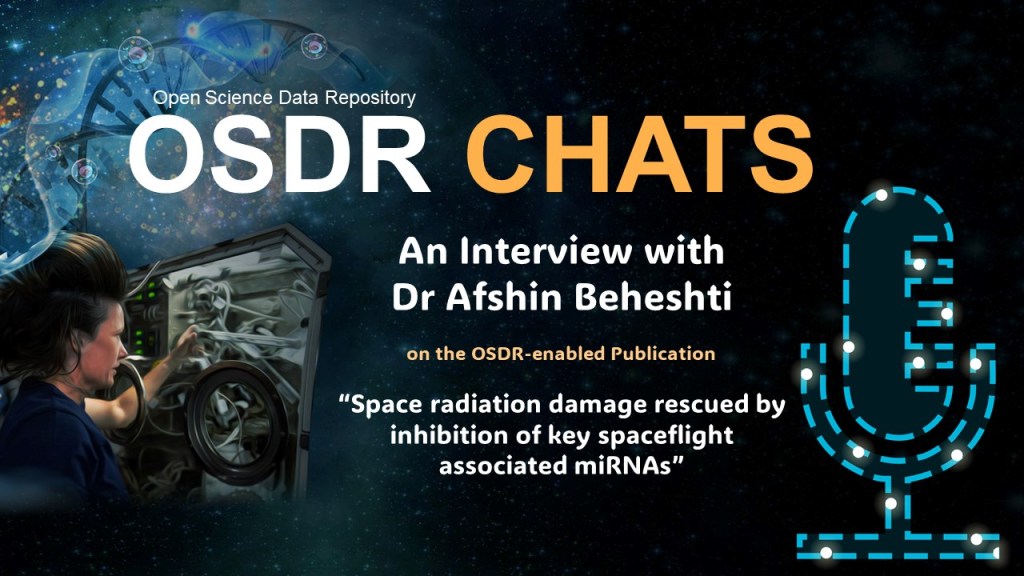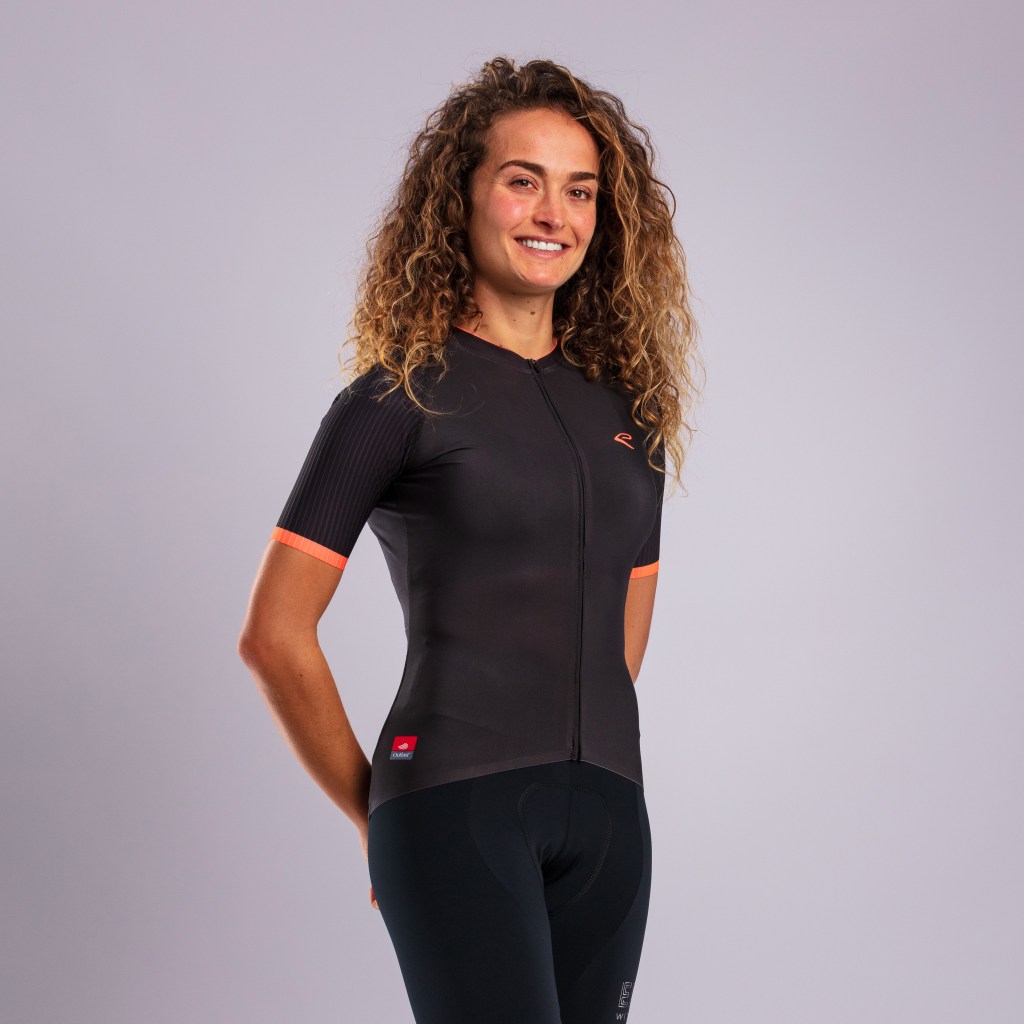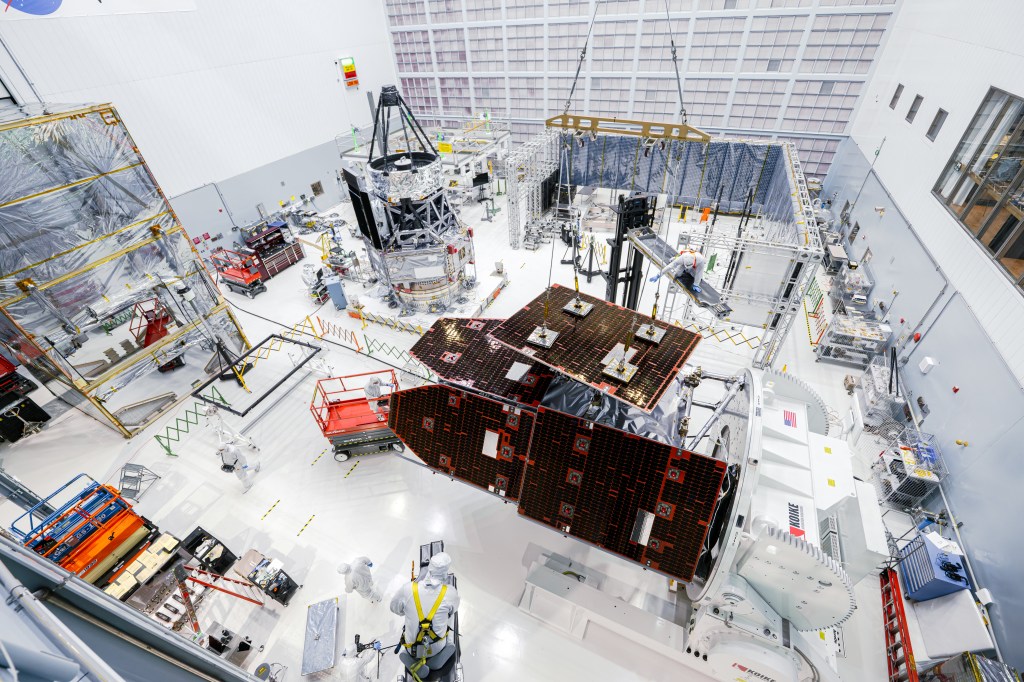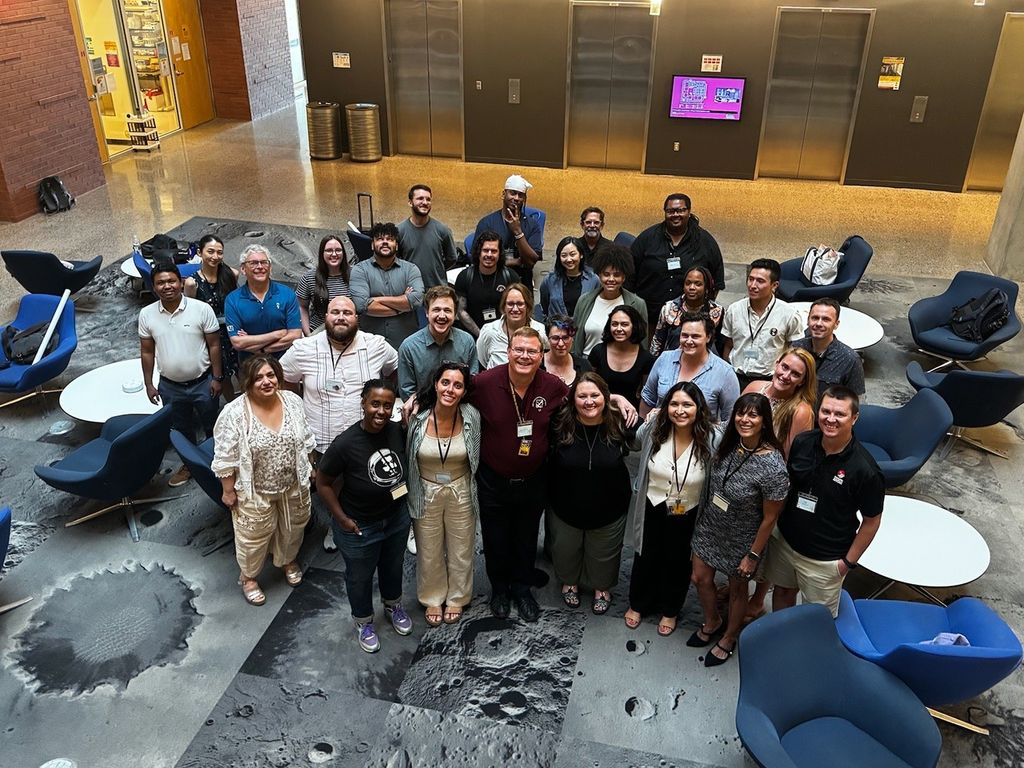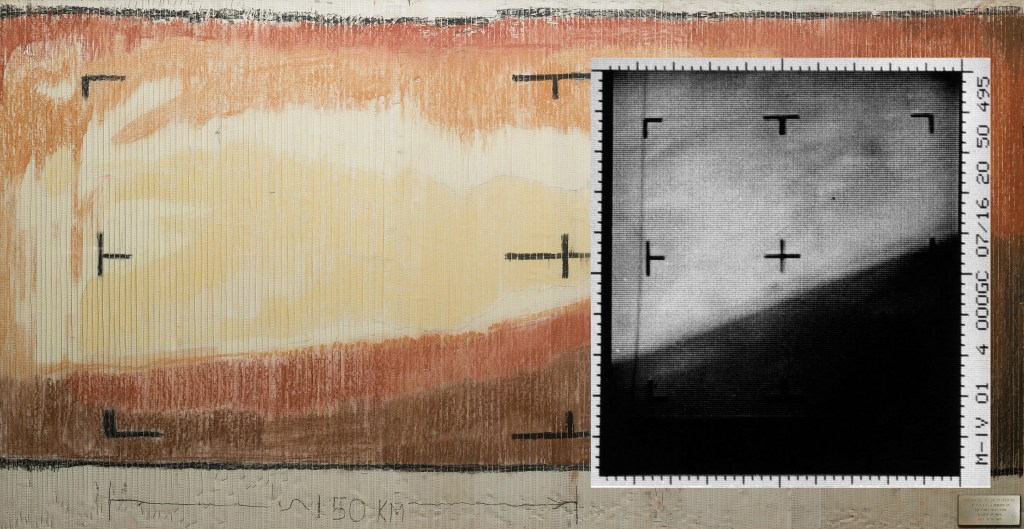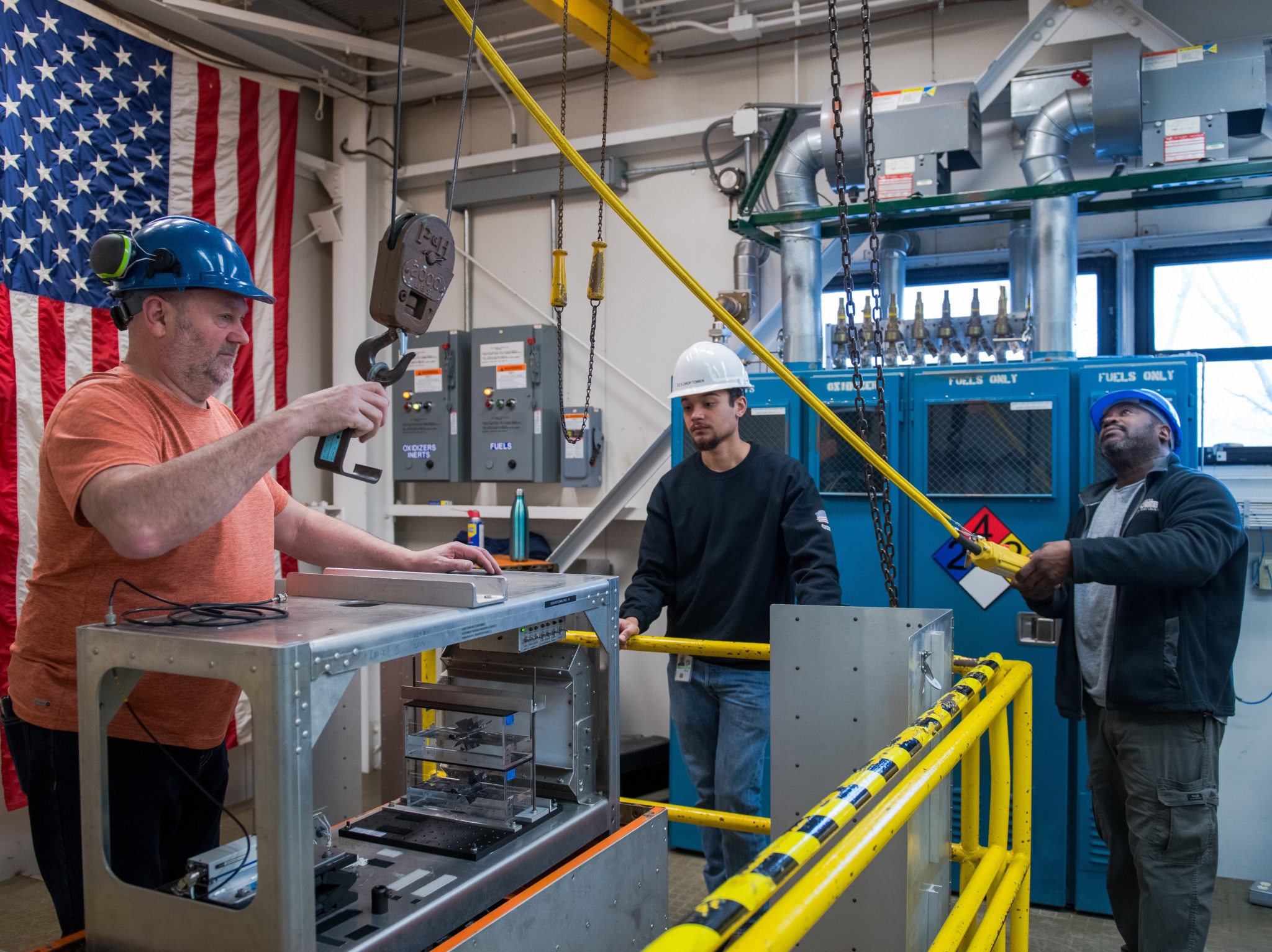Nineteen teams of students from across the nation in grades 8-12 worked for months in classrooms, labs, basements, and garages for the opportunity to test their projects at NASA’s Glenn Research Center in Cleveland. This spring, the teams’ hard work was put to the test in the 2.2 Second Drop Tower facility at NASA Glenn.
The “2025 Drop Tower Challenge: Paddle Wheel” invited teams to design and build paddle wheels that rotate in water during free fall. The wheels could not rotate by mechanical means. A better understanding of fluid behavior in microgravity could improve spacecraft systems for cooling, life support, and propellants.
Based on test performance, analyses, reports, the students’ approach to the challenge, and more, the following teams have been identified as the winners:
- First Place: Arth Murarka, Umar Khan, Ishaan Joshi, Alden Al-Mehdi, Rohnin Qureshi, and Omy Gokul (advised by David Dutton), Bellarmine College Preparatory, San Jose, California
- Second Place: Emma Lai, Keaton Dean, and Oliver Lai (advised by Stephen Lai), Houston, Texas
- Third Place: Chloe Benner, Ananya Bhatt, and Surabhi Gupta (advised by SueEllen Thomas), Pennridge High School, Perkasie, Pennsylvania
“We’re impressed with the variety of designs students submitted for testing in Glenn’s drop tower,” said Nancy Hall, co-lead for the 2025 Drop Tower Challenge. “The teams showed significant creativity and background research through their paddle wheel designs and analysis of results.”
Students from Bellarmine College Preparatory shared how they navigated through the process to earn first place. Using NASA guidelines and resources available to assist students with the challenge, the team submitted a research proposal, including two 3D designs. Learning their team was selected, they reviewed feedback from the NASA staff and set to work.
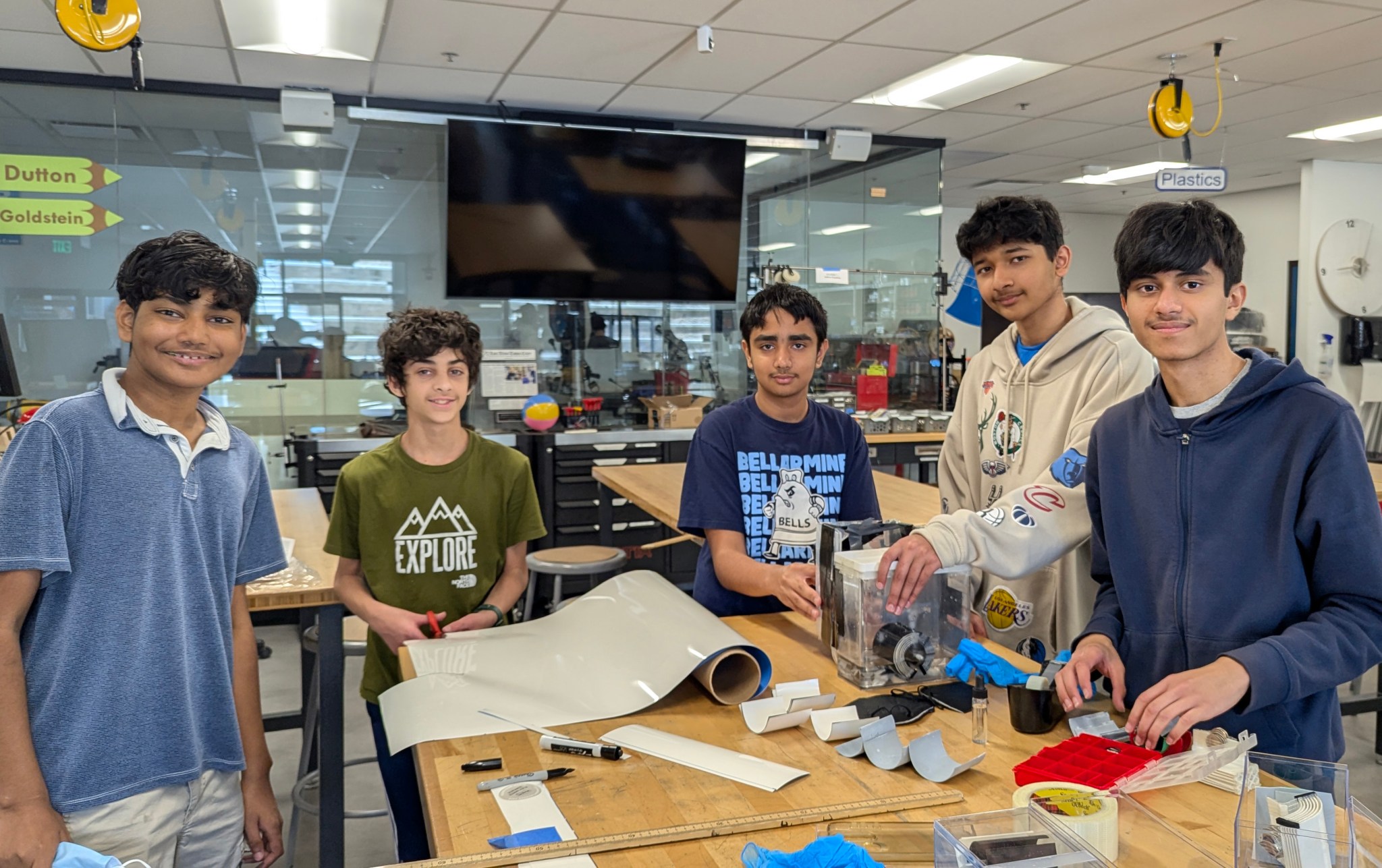
To start, students stressed that they conducted a large amount of research and testing of materials to use in their paddle wheels before deciding on the final design.
“I learned that something doesn’t need to be super expensive or complex to work,” said student Umar Khan. “We found that white board sheets or packing peanuts — just household items — can be effective [in the design].”
Student Arth Murarka added, “Our original design looks a lot different from the final.”
Bellarmine staff member and team advisor David Dutton helped the students get organized in the beginning of the process, but said they worked independently through much of the project.
Once the design was finalized, the team shipped their hardware to NASA Glenn. NASA technicians then tested how the paddle wheels performed in the drop tower, which is used for microgravity experiments.
Students said they studied concepts including capillary physics and fluid dynamics. They also learned how to write a research paper, which they said they will appreciate in the future.
The team dedicated a lot of time to the project, meeting daily and on weekends.
“We learned a lot of useful skills and had a lot of fun,” Murarka said. “It was definitely worth it.”



